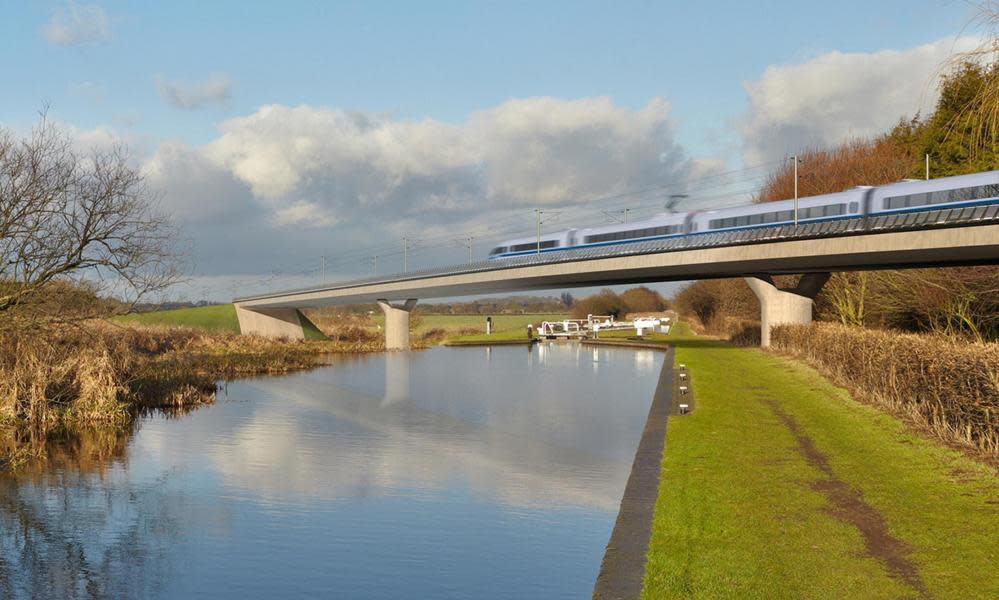Getting on the right track with HS2 benefits

Simon Jenkins’ latest piece on HS2 (Depleted and unwanted, HS2 hurtles on as Johnson’s £100bn vanity project, 30 July) repeatedly mischaracterises both the case for, and the benefits of, a rail project that will transform connectivity in the UK.
He talks as if services will only go from London to Birmingham, stating confidently that “Britain’s new high-speed railway will not – repeat: not – get to the north of England”. But this is simply untrue. Construction work on the Birmingham-Crewe section is now under way, and detailed planning and consultation prior to a parliamentary bill submission is under way for Crewe-Manchester. HS2 services will reach Edinburgh, Newcastle, Liverpool, Leeds and more than a dozen other cities across the country.
He is at least accurate when he says that not a mile of track has been laid, but claims no tunnels have been dug either. Again, not true. Construction started nearly a year ago. It is indeed the case that the tunnels, the cuttings and the earthworks are being built before laying actual track. Does he think it should be the other way round?
Finally, it is true that the project comes at significant cost. But it’s the single most important national infrastructure project since the construction of the national motorway network more than half a century ago. And it is the single most important project in the government’s “levelling up” strategy. He concludes that it only “looks good from London”. Again, not true. When you go to the West Midlands, the East Midlands, Yorkshire, Greater Manchester or Merseyside, you will find HS2 is backed by every major regional political or business leader and all the major trade unions. Irrespective of their political colours, they know that HS2 is vital to our economic future.
Jim Steer
Director, High Speed Rail Group
Related: Depleted and unwanted, HS2 hurtles on as Johnson’s £100bn vanity project | Simon Jenkins
• Halting work on HS2, as Simon Jenkins calls for, will not leave abandoned structures like the legs of Ozymandias (Letters, 1 August). The land now cleared for HS2’s badly designed Birmingham Curzon Street terminus, which will be segregated from the city’s other rail services, can be used instead for the far-superior Grand Central station, proposed by Arup in 2007 to serve all the city’s services, leaving the semi-underground New Street to commuter trains.
The 2007 plan was too good for Birmingham city council and the then West Midlands Government Office, which rejected it without consulting rail users or voters. Dropping HS2 would not only save fine Midlands landscape, it also offers a second chance to give the West Midlands the transport hub that it threw away a decade ago.
Mark Sullivan
Chairman, Campaign to Protect Rural England, West Midlands region

 Yahoo News
Yahoo News 
